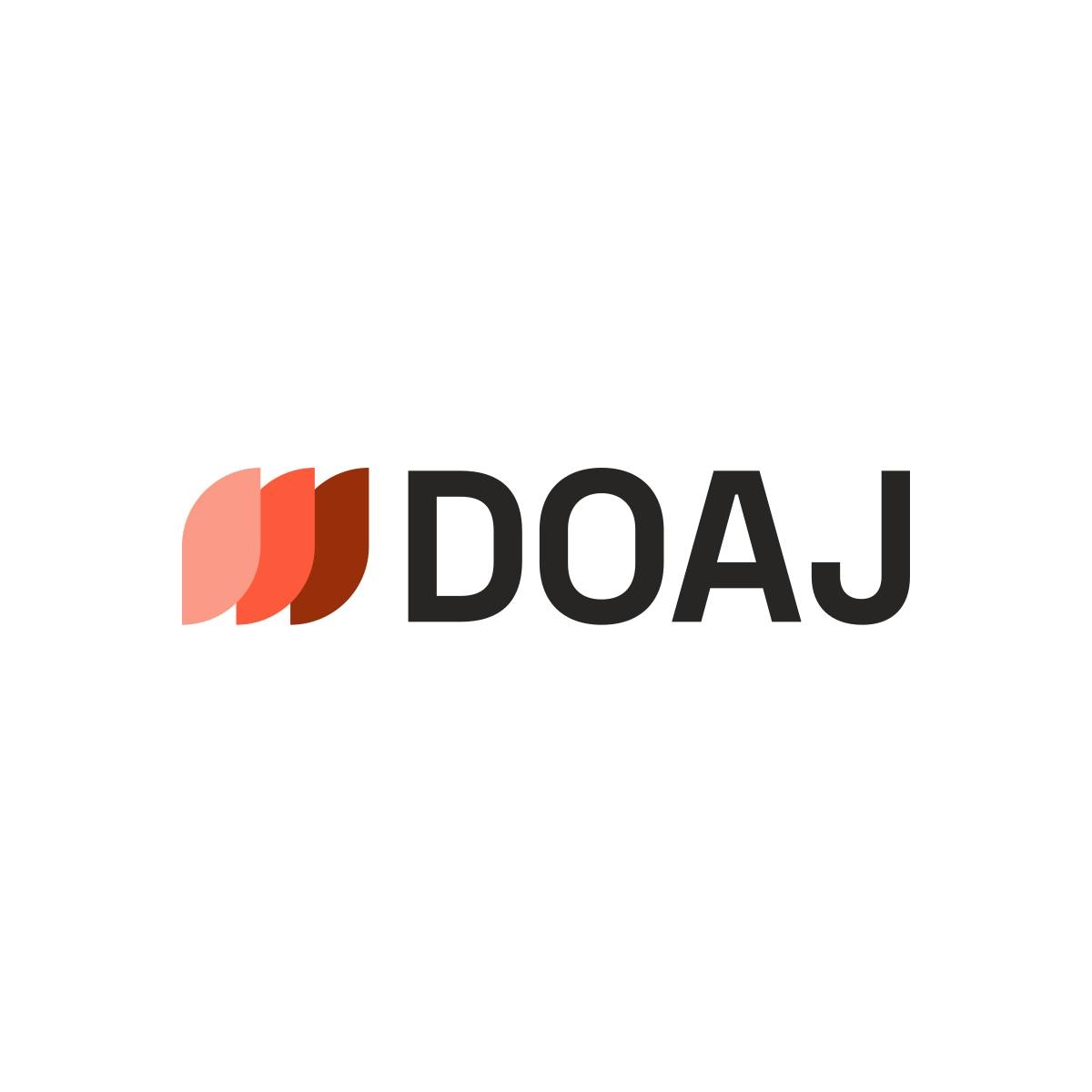POST COVID ROME: "BEING IN THE WORLD" AND URBAN METABOLISM
DOI:
https://doi.org/10.29019/eidos.v14i20.1026Keywords:
Landscape, metabolism, over-tourism, post-Covid, Rome, urban organismAbstract
This paper aims to propose a reflection on how the city of Rome is reacting to the social and urban consequences caused by the pandemic situation. Starting from the analysis of urban densification and hyper-densification – and their correlations with globalism – the paper also intends to underline a broader phenomenon linked to the progressive “abandonment” of large cities. In fact, the pandemic phenomenon risks catalyzing two trends currently at an embryonic stage in Italy, generating a scenario with uncertain consequences: on the one hand, the loss of urban attractiveness could suggest a progressive “abandonment” of large cities; on the other hand, cities may have to deal with the need to stop sprawl phenomena and promote greater densification of the urban perimeter.
Furthermore, the pandemic is showing how, at the base of the emergency, there is a problem of spaces and that beyond the social distancing, which will end as the contagion began, it will be the architect’s task to help the community to overcome the memory of the trauma experienced, leading to a greater awareness of taking care of spaces and urban metabolism.
Downloads
References
Bertolone V. (2021). Scenari post-Covid: Parole magiche. Grafiche Simone.
Boeri S., De Marco, M. L. (2021), Urbania, GLF Laterza.
Caniggia G., Maffei, G. C. (2001). Architectural composition and building typology: Interpreting basic building. Alinea.
Cannata M. (2020), La città per l’uomo ai tempi del Covid-19. La Nave di Teseo.
Chaslin F. (2003), Architettura© della Tabula rasa©. Due conversazioni con Rem Koolhaas, ecc. Electa.
Ciotoli, G. (2017). Dal grattacielo al Tessuto Verticale. Nuovi sviluppi architettonici e urbani. Officina edizioni.
Ciotoli, G., & Falsetti, M. (2021). Distanze critiche fra identità e omologazione. Trasporti & Cultura. Territori fra diversità e omologazione, 59(XXI), 6-9.
Coppa A. (2020). Architetture dal futuro. Visioni contemporanee sull’abitare. 24 Ore Cultura.
Falsetti M. (2017), Annodamenti. La specializzazione dei tessuti urbani nel processo formativo e nel progetto, FrancoAngeli.
Falsetti M. (2019), Paesaggi oltre il paesaggio. LetteraVentidue.
Ferlenga A. (2021). “L’impossibilità di essere normale”. Territorio italiano: differenze e antidoti all’omologazione. En Ciotoli G., Falsetti M. (eds), Territori fra diversità e omologazione, monographic issue “Trasporti & Cultura”, 59(XXI), 10-17.
Gurian E. H. (2022). Centering the museum: writings for the post-Covid age. Routledge.
Heidegger M. (1927). Sein und Zeit, translated by Macquarrie J., Robinson E. (1962), Being and Time. Blackwell.
Irace F. (2021). Sguardi sull’architettura contemporanea. Interviste di Fulvio Irace. Libri Scheiwiller.
Koolhaas, R., Boeri S., Kwinter, S., Tazi, N. y Obrist H. U. (2000). Mutations. Actar.
Maretto P. (1993). Realtà naturale e realtà costruita. Altralinea.
Muratori S. (1963). Architettura e civiltà in crisi. Centro studi di storia urbanistica.
Muratori, S. (1967). Civiltà e territorio. Centro studi di storia urbanistica.
Purini F. (1991). Un paese senza paesaggio. Casabella, 575-576, 40-47.
Purini F. (2000). Comporre l’architettura. GLF editori Laterza.
Rogers E. N. (1964). Creazione del paesaggio. Casabella. Coste Italiane 2. Esempi tipologici.
Rudofsky B. (1981). Strade per la gente: architettura e ambiente umano. Laterza.
Whitehand, J. W. R., Gu, K., Conzen, M. P. & Whitehand, S. M. (2014). The typological process and the morphological period: A cross-cultural assessment. Environment and Planning B: Planning and Design, 41(3), 512-533.
Published
How to Cite
Issue
Section
License
Copyright (c) 2022 Marco Falsetti, Giusi Ciotoli

This work is licensed under a Creative Commons Attribution 4.0 International License.













